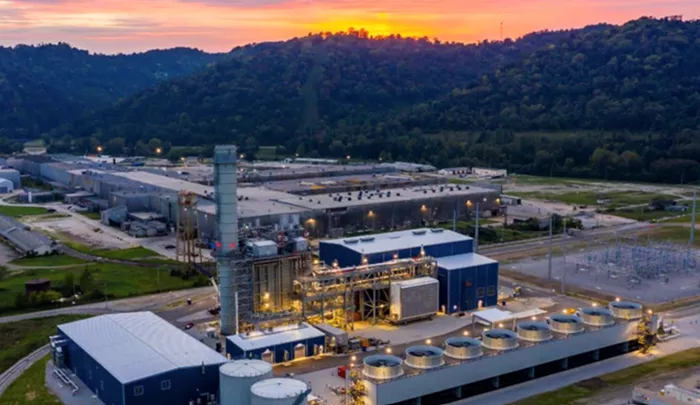A recent report from the Ohio River Valley Institute reveals significant challenges facing the Appalachian Regional Clean Hydrogen Hub (ARCH2), which spans western Pennsylvania, Ohio, and West Virginia. The report highlights that five out of the initial 15 proposed projects have been canceled, with four development partners already exiting the initiative.
ARCH2 was selected as one of seven regional hydrogen hubs in the U.S. by the Biden administration, which allocated up to $925 million in federal grants from the Infrastructure Investment and Jobs Act to support hydrogen projects aimed at combating climate change. ARCH2 aims to collaborate with various stakeholders, including the U.S. Department of Energy (DOE), private industry, and community organizations, to establish a sustainable clean hydrogen ecosystem in Appalachia.
However, the Ohio Valley Institute’s report, published on October 11, cites high costs and uncertain demand as key factors unraveling hydrogen hub projects. “If decision-makers ignore economics and shoehorn hydrogen and carbon capture and storage (CCS) into uneconomic applications with federal dollars, taxpayers and residents could pay the price,” the report states.
Sean O’Leary, the report’s author, emphasized that issues of uncertain demand and inexperienced project developers are not unique to ARCH2, as similar challenges plague clean-hydrogen projects globally.
The report further criticizes two remaining development partners, noting their ongoing financial struggles and lack of experience in managing significant industrial facilities. It describes two principal uses proposed for hydrogen from surviving projects as “uncompetitive” and “terrible,” casting doubt on their viability.
In response to the setbacks, the ARCH2 leadership team has called for up to three new projects in southwestern Pennsylvania, West Virginia, or eastern Ohio to replace those that have exited. During a project update on September 18, Don LaMonaca, director of Battelle’s critical infrastructure business and an ARCH2 executive board member, outlined a four-phase approach for moving forward, starting with detailed planning and concluding with operations that could take up to eight years to complete.
As part of its outreach, ARCH2 issued a Request for Information (RFI) on October 7, seeking innovative clean hydrogen projects to enhance its portfolio. The initiative has up to $110 million in federal funding available for new proposals, with submissions open until November 8.
The withdrawal of Chemours from the ARCH2 project has raised additional concerns. The company cited a lack of clear guidance from the Treasury Department regarding tax breaks for hydrogen producers as a reason for its exit. Despite this decision, Chemours reiterated its commitment to supporting the hydrogen economy and clean energy transition.
ARCH2 officials countered the Ohio Valley Institute’s report, asserting that changes in their project roster were anticipated as the H2Hub program’s rules evolved. They maintained that the initiative is on track and remains critical to establishing a clean hydrogen network.
Other companies, including First Mode and TC Energy, have also pulled out of the project, citing similar uncertainties regarding tax credits. The Ohio Valley Institute warns that the future of ARCH2 may result in either minimal economic and environmental impact or increased costs without tangible benefits.
Environmental groups, such as Earthworks, have voiced strong opposition to the hub, arguing it exacerbates existing pollution issues and threatens community welfare. Advocates call for greater transparency and community involvement in decision-making processes, particularly concerning projects impacting frontline communities.
As the ARCH2 initiative moves forward, it faces the dual challenge of rebuilding its project lineup while addressing significant economic and community concerns. LaMonaca highlighted the geographical significance of ARCH2, emphasizing its potential to connect with other hydrogen hubs in the region, including those in the Midwest and Mid-Atlantic, to create a national clean hydrogen network.
Related topics:
- Texas Solar Project to Power Google’s Data Centers
- Record Wind Power Generation in Britain Marks Ten-Year High
- DOE Unveils $900 Million Initiative to Propel Gen III+ Small Modular Reactors

